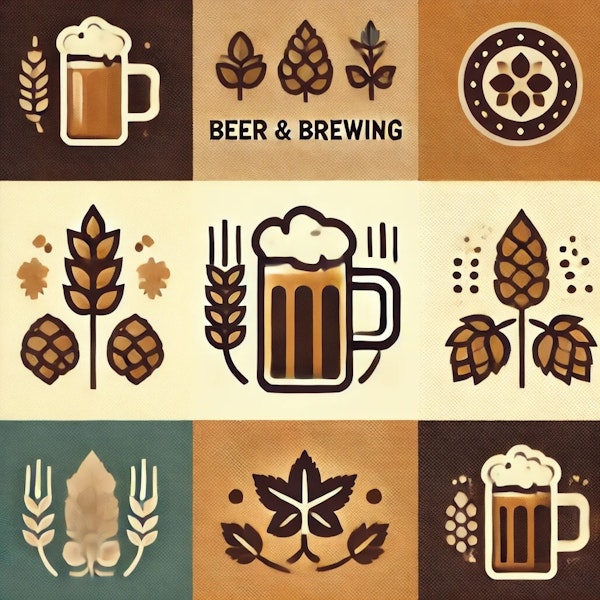
You can simply add a bunch of fruit to a beer and see how it goes. Or, you can take a step back, carefully consider the flavors involved and how they intermingle, and—from creativity to reality—plan and execute a more superlative fruit beer.
The processes that create beer’s deepest colors and flavors are incredibly complex—a Lovibond rating doesn’t begin to describe what you might get. Here, Randy Mosher digs into the science of those processes, makes the case for evaluating your malts firsthand—and shares a simple way to do it yourself.
A restrained touch of caramel, firm bitterness, citrus-forward hops, and a pitch of thiol-promoting yeast all come together for a new spin on the classic American IPA.
By applying what we know now—using a grain bill that goes easy on the crystal/caramel malts and new yeast strains that overlay fresher, brighter aromas—we can achieve an updated throwback that lets us enjoy the best of both worlds.
These cool customers have co-evolved with us as brewers and drinkers, traveling and prospering while producing some of the world’s most popular beers. Behind these yeast strains and their important differences, there is a unique genetic story.
Human civilization has evolved alongside wheat, whose properties create a wide swath of beer’s diversity of flavor and texture—from quenching weissbier to soft, hazy IPA. Randy Mosher digs into its history and chemistry.
The diversity and creativity of the beers that come out of this small country are justifiably famous, yet often it’s the wilder side that draws all the attention. Let’s renew our friendship with the foundational ales that first put Belgium on the beer map.
By taking a step back to think more deeply about why we love fruit—and why some fruit beers really shine—we can better plan a truly great one. Randy Mosher peels back the layers and gets to the core of it.
No, it’s not boring—it’s sublime. Yes, it should be somewhat bitter—but balanced. Randy Mosher breaks down one of the beer world’s great classics and the context that makes sense of it. Ready for a session?
Now, here’s a different sort of winter warmer. The fruits and spices are up to you (every abuela has her own ponche recipe). Warm it up, mix with nog, stick a red-hot poker in it … or just enjoy in a snifter by the fireside. ¡Feliz Navidad!